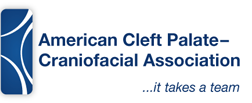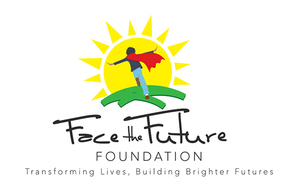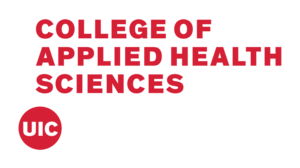The field of patient education can encompass a variety of challenges, including delivery, patient literacy, educational goals, and engagement. Each facet of patient education requires the communicator to make decisions and considerations to fit the patient’s needs and for optimal effectiveness. This research will explore a comparison of two common educational media types: interactive digital media (which can be delivered on mobile and tablet apps and customizable web pages) and digital linear animations (ranging in any method of detail and rendering style). Though both are often well suited to the needs of patient education, each has its own specific benefits and limitations that suit the needs of specific audiences. The study’s client and collaborator, Dr. Pravin Patel, will use the final educational tool as an addition to speaking with his own patients at the UIC Craniofacial Center in hopes that the parents or caregivers will feel more comfortable discussing the surgical process and asking questions. In exploring the benefits of both interactive media and animation, Dr. Patel and the rest of the Craniofacial Center staff will be provided with a customizable and effective educational tool.
Storyboard









This collaborative study is undertaken by a group of four students to create a set of four animations on the embryology, anatomy, and surgical repairs of cleft lip and palate malformations for patient and caregiver education. The ultimate visualizations will be used by physicians, surgeons, and nurses to more effectively and comfortably communicate with patients and parents or caregivers. As communication between doctor and patient is such a vital and carefully timed, fragile process, these animations must aid the physician in conveying complex information to a variety of audiences both pre- and post-operatively. In exploring the differences in education style and quality of patient engagement in interactive media interfaces and animations, this research seeks to inform the most effective methods to reach craniofacial patients and caregivers. Because these two audiences - the various ages of pediatric patients, and their parent/caregivers - learn at different levels and have vastly different educational goals, I will explore viewer engagement, and successes of each type of product in previous research.
Each biomedical communication experience and method must carefully consider its audience, purpose, and timeline. Since the four animations are designated for multiple audiences with a wide variety of educational and literacy levels, it is essential to define education goals for each participant and for the craniofacial care team. A child’s educational goals include the experience of visual exploration and the process of learning by asking questions. The parent or caregiver’s educational goal, however, may revolve around a specific need or question defined by care from the physician or increased comfort with understanding a surgical procedure. The study will compare the success of each visual education method among the following key elements: literacy levels, language, age (as each age group has its own learning goals), comfort and confidence, as well as the stimulation of discussion and/or interaction between the viewers and the Craniofacial Center staff.
This research proposes to create a beautiful, clear, approachable, and dynamic 3D animation on cleft palate repair surgery aimed at the parents and caregivers of cleft palate surgical patients. In order to improve understanding of the anatomy as well as the surgical procedures, the animation will strive to be visually engaging and simple to understand.
The use of interactivity in combination with animation video playback will allow users to understand the content more effectively. By giving the user the ability to adjust the learning pace, the educational tool becomes a more customizable useful interface for the many potential viewers at the UIC Craniofacial Center. This research hypothesizes that parents and caregivers using this educational media will feel more comfortable discussing and asking questions about the cleft condition or surgery after use of the interactive media interface.
Final Animation
Interactive
The interactive tool was made using a combination of software, but primarily: Articulate Storyline and Unity 3D.













